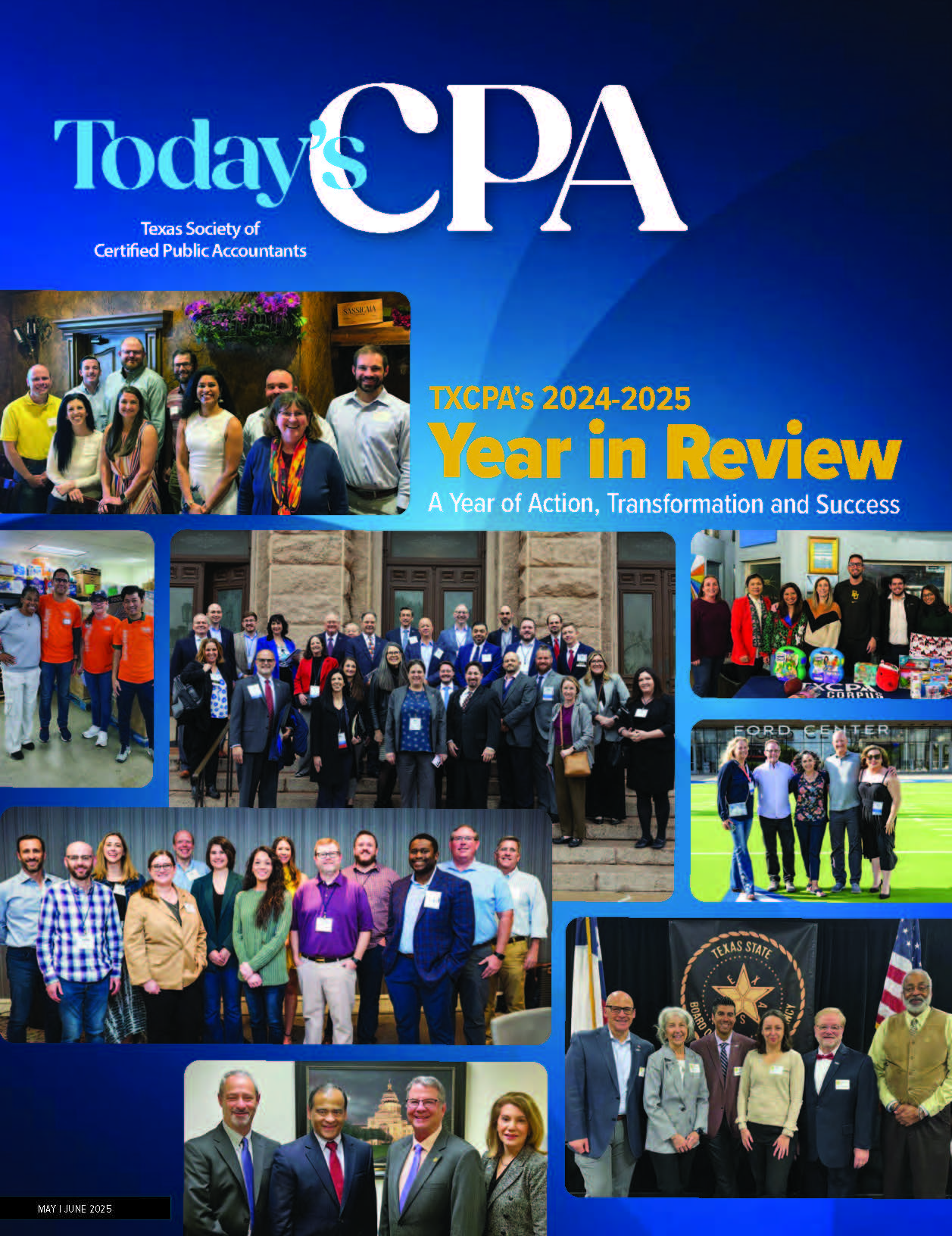June 11, 2025
Maximizing Audits: Key Elements for Efficient and Successful Financial Assessments
By Parisa Mansoori
Audits are essential for businesses. Audited financial statements provide stakeholders with an impartial and objective evaluation of a company’s financial position, performance, and internal controls. This assessment reassures shareholders, investors, creditors and other interested parties relying on it for informed decision making. But for as much utility and usefulness as an audit provides to stakeholders, the process of undergoing an audit can be intimidating, particularly for first-time auditees.
Preparing to be audited requires resources, both human and capital. And it is hard to know exactly where to focus those resources, since auditors cannot give their clients the answer key regarding which accounts or transactions will be included in the audit scope. Nor can they assist them in cleaning up or validating their accounts before the audit.
To maximize its efforts in preparing for an audit, a company should focus on a few key elements:
- Developing an internal controls framework, including sound accounting procedures;
- Periodically reviewing transaction details and validating account balances;
- Ensuring financial statements are consistent with industry and regulatory standards for presentation and disclosures.
The cornerstone of every financial audit is an Internal Controls Review. Internal controls are the policies and procedures put in place to safeguard a company’s assets from fraud or misappropriation, and to ensure reliable financial reporting, operational effectiveness and compliance with applicable laws and regulations. Some examples of internal controls include periodic account reconciliations, authorization/approval limits, reviewing supporting documentation, and segregation of duties.
The Committee of Sponsoring Organizations (COSO) Cube illustrates the key components and elements of an Internal Controls Framework, which starts with the tone at the top, evaluates risks relative to the business and industry, and develops controls and monitoring activities to mitigate the key risks impacting the financial statements.
Auditors assess the design and effectiveness of internal controls to identify weaknesses or deficiencies in the control structure that might expose the company’s assets to undue risk and evaluate whether existing controls are functioning as intended.
In preparing for the Internal Controls Review portion of the audit, a company should consider the risk of misstatement or misappropriation related to its key processes and functions, and design and document policies and procedures to mitigate such risks. Then, once processes and procedures are in place, a company should periodically assess whether such controls are functioning and remain relevant, considering any recent changes in the company’s operating environment.
While a seemingly perpetual process, creating a well-designed internal control structure will not only give auditors confidence that financial balances are accurate and reliable, but it can also elevate a company’s risk oversight abilities and overall corporate governance.
The keystone of every audit is the review of financial transactions, account balances, and supporting documentation. Behind every financial statement line item, there are hundreds, maybe thousands, of individual transactions. The transactions can be simple, complex, correcting, reversing, or adjusting. And they may be related to anything from a regular sales transaction, a prepaid expense transaction, depreciation expense, or anything in between.
Auditors perform detailed examinations of significant account balances, reviewing the underlying transactions and supporting documentation, such as invoices, contracts and schedules to verify the account’s accuracy and validity.
Maintaining well-organized and easily accessible supporting documentation will allow the auditors to review and validate information more efficiently, potentially reducing the need for extensive document retrieval and follow-up queries to company personnel.
Leveraging the features of an Enterprise Resource Planning (ERP) system can be a great resource for maintaining easily traceable and verifiable accounting records. Many ERP systems feature access controls, audit trails and workflow management tools that allow companies to not only record the transaction line items, but to also record memos about the transaction, attach copies of supporting documentation and have structured workflows.
If maintaining documentation outside of your ERP system is necessary, consider naming conventions and filing systems that make retrieving and accessing files simple.
The capstone of every audit is a review of financial statement presentation and disclosures. Because stakeholders utilize financial statements to make informed decisions, it is critical that financial statements, and their accompanying disclosures, accurately and clearly present a company’s financial position. This includes disclosure of accounting principles, relevant regulatory standards, and significant potential risks and liabilities that might impact the future viability or earnings of the company.
Auditors review the presentation of the financial statements as well as accompanying footnotes and disclosures to ensure that they are presented clearly, consistently and per relevant accounting standards and disclosure requirements.
Understanding the accounting standards and disclosures relevant to the industry in which it operates is critical in preparing for a financial statement presentation and disclosures review. Companies should ensure that their financial statements are presented clearly and transparently and include essential information required by regulatory and accounting oversight entities and other information pertinent to their stakeholders.
While developing a solid internal reporting structure, keeping detailed transaction records, and developing comprehensive financial statements require additional effort and resources upfront, the payback over the long term is worth the effort! The time and effort invested toward these tasks will not only directly contribute to a more successful and efficient audit process, but more importantly, it will enhance the company’s overall financial management and credibility, ultimately benefiting all stakeholders involved.
About the Author: Parisa Mansoori is a Senior Manager at Arcus Advisors. Contact her at parisa.mansoori@arcusadvisors.com.

Related CPE Webcasts:
- Was It Fraud or Just Poor Audit Quality?
- Performance Auditing Made Easy
- Measuring Audit Risks
- The Single Audit from Beginning to End Update
Go to the Education area of TXCPA's website to learn more and register.
Thanks to the Sponsors of Today's CPA Magazine
This content was made possible by the sponsors of this issue of Today's CPA Magazine:
















